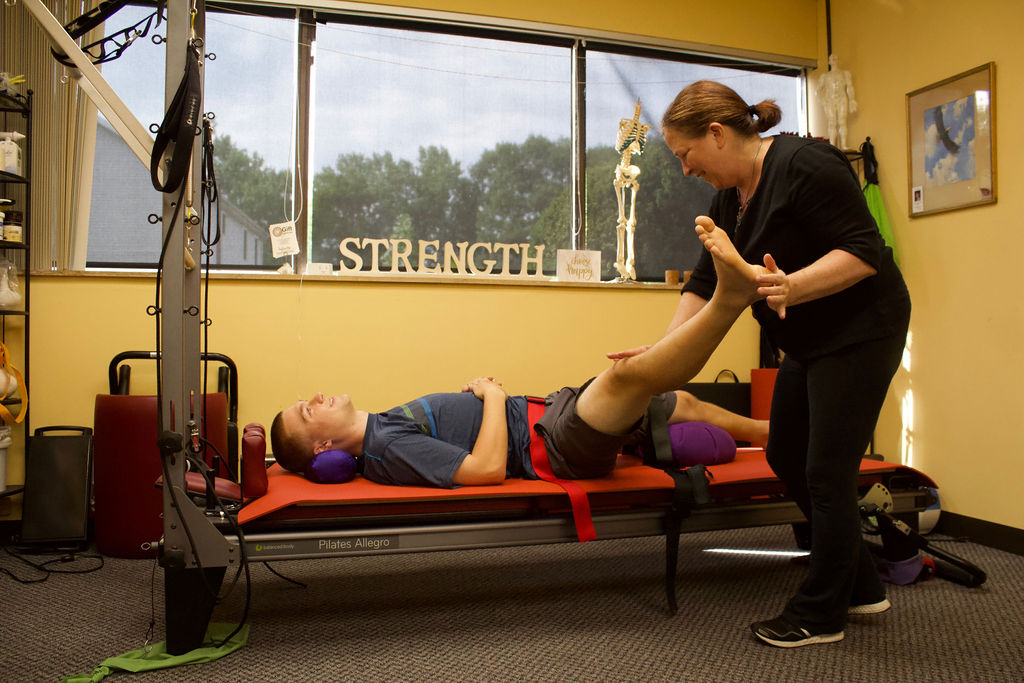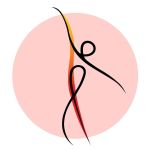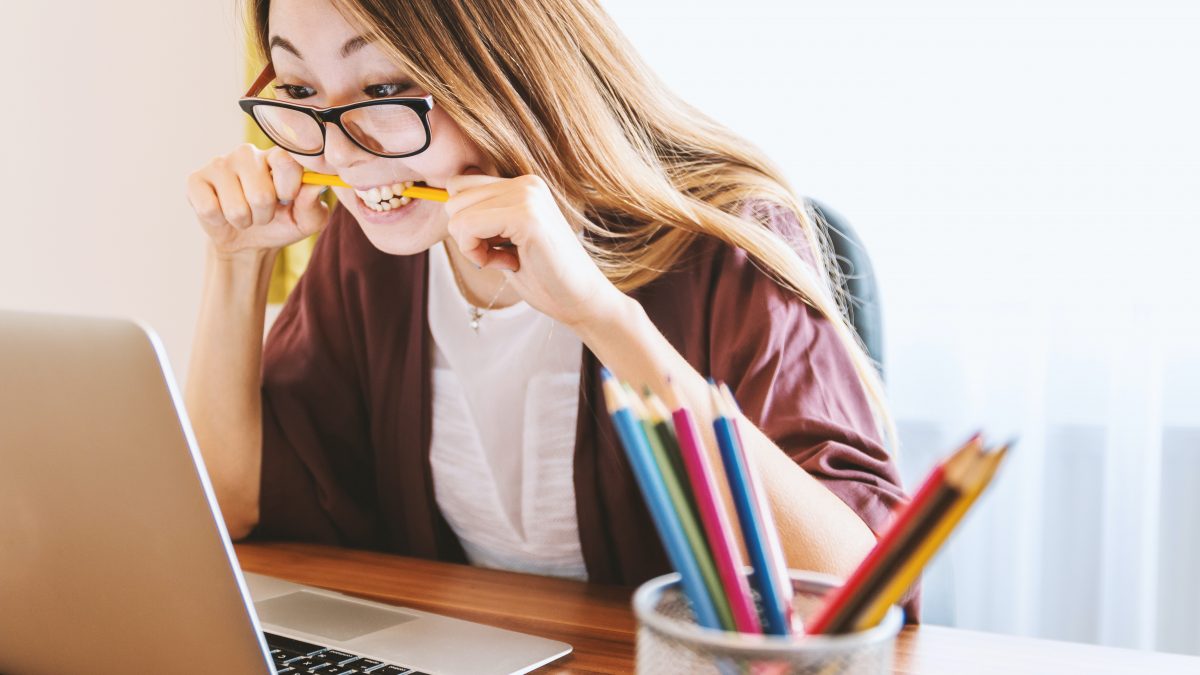Anxiety is a huge problem in our society, and can be debilitating for those who suffer from it. Integrative bodyworker, Janet Matthies offers practical help.
There are many symptoms associated with anxiety and often our current medical model will prescribe medication to help alleviate and/or manage those symptoms. This article will identify anxiety symptoms and how Zen Bodytherapy, Asian-infused yoga and western-style resistance training can help independently manage symptoms; minimizing, or in some cases eliminating, the need for pharmaceuticals.
Anxiety is a valuable signal often giving a clue that we are heading for a dangerous or harmful situation. People have learned to shut this ability to sense danger off, and it would be much better if we all still had it. Extra-sensitive people are highly versed in this area yet in our society this skill is not valued, so they may feel de-valued. The key is to manage the sensitivity so the consequent anxiety doesn’t become overwhelming and emotionally paralyzing. It is also important for people with anxiety to value themselves and this special outlook they have on life.
Techniques for Managing Anxiety
1. Massage
Our breath is a huge indicator of emotional health and is often one of the first things to be altered if we are in an anxious state. There are many forms of massage that work with deep tissue pressure that can be extremely helpful for those with anxiety. While you may be familiar with massage as a technique for releasing tension in the muscles and taking us to deep relaxation, it can also be used to facilitate smooth, full breathing. Here are two different kinds of massage that can be particularly helpful.
2. Zen Bodytherapy
Zen Bodytherapy uncovers tendon and ligament tension deep in the places where our muscles originate and attach. Releasing the muscles that lie between the ribs will help to unlock a tight chest, and restricted breathing. If you watch your ribs as you breathe you will notice the rise and fall of your chest. And if you look even closer you might start to notice places that are NOT moving. It is those unmoving places that have become stuck and would be released during this type of deep tissue massage. This kind of release feels so amazing and just to be able to breathe easily is the best feeling! Typically, a course of Zen Bodytherapy would consist of 10 sessions.
3. Deep Tissue “Muscle Mashing”
Another style of massage that is very effective for full, smooth breathing is deep tissue muscle mashing. In muscle mashing, the practitioner uses their feet to massage. The client will typically lie face down on a body cushion placed on the floor. The body cushion is contoured to support your face just as if you were on a traditional massage table; it also provides support for your chest and torso making this massage very comfortable to receive.
Traditional Chinese Medicine works on energy pathways called meridians. These run all over the body from the tips of your fingers to the tops of your toes. Each meridian passes through a specific organ (after which it is usually named) and specific muscles. For example, the Lung and Large Intestine meridians run through the chest and upper back and a deep tissue “muscle mashing” massage in these places will help release the pectoral and upper trapezius muscles which often become imbalanced and can contribute to restricted breath capacity. Interestingly, massaging deeply on the muscles that allow the pelvis to move freely will also release restricted postural areas that “crook” the body causing the flow of air to have to travel through an obstacle course in order to move through and eventually out of the body.
4. Stretching/Strength Training: Anxiety Reducing Exercises
In Traditional Chinese Medicine theory, the muscles most closely associated with anxiety are those that lie within the emotional meridians: the liver, sexual, bladder, and small intestine. The muscle groups in each of these meridians are the inside thigh muscles, the hip flexors, lateral hamstrings, and rotator cuff muscles.
By working to balance the energy in these emotional meridians, you will enhance your sense of freedom, will, performance, and creativity and help dismantle the effects of depression, anxiety, moodiness, and panic attacks. Below are some stretches you can practice safely on your own. They will not only make your body strong and flexible but will also help reduce symptoms of anxiety.
Meridians for Anxiety
1. Liver Meridian
On the positive side, the liver meridian is the center for freedom and helpfulness. On the downside, it is also the center for frustration and anger. The frustration housed in the liver is the kind that results from long-standing repressed feelings.
When the liver meridian is imbalanced it’s a reflection of restricted freedom or being overly helpful. Emotional desires may be denied or repressed which often results in the same in relationships with others. The deep frustration this can cause, if left unexpressed, may permeate the entire consciousness.
The muscles on the inside of your thighs (adductors) and the muscles on the sides of your waist (quadratus lumborum) are two of the main muscle groups in the liver meridian pathway. Stretching and strength training these muscles affect the health of the physical liver and alleviates internal frustration. It’s also a great stretch for managing overall emotional wellbeing.
Check out the liver meridian exercise video here.
2. Sexual Meridian
The sexual meridian is the center of our will, and our desire to be number one! A few emotional symptoms of this meridian illustrate a moody, careless, impulsive, and unpredictable behavior style. This erratic and impulsive behavior can ultimately be self-damaging. Forgetfulness, exploitation of others, and vanity leave these people feeling troubled and lacking in self-identity.
The sexual meridian stretch helps build emotional strength, responsibility, and a strong sense of making the right choices for yourself and in helping others. As this meridian becomes more balanced, relationships with others will improve. With good health in the sexual meridian, you will be perceived as being captivating with genuine concern for others. Dignity, elegance, and good nature are characteristics that will evolve.
Check out the sexual meridian exercise here.
3. Bladder Meridian
The negative emotional traits of the bladder meridian most directly point to anxiety. Being overly self-reliant and often manipulating, this state can leave people preoccupied with success, status, and envious of what others have. When this meridian is out of balance it is characterized by a feeling of despondency, hopelessness, and a lack of consideration for others. These people have a tendency to attack first before looking to see if they have made any mistakes.
If this sounds like you, this bladder stretch will allow your emotional health to reflect your higher qualities which will then be passed onto others. Your confidence will build, as you feel more hopeful and dedicated to all that is good in life. You will begin to thrive in a group environment working diligently towards success for all involved.
Check out the bladder meridian exercise here.
4. Small Intestine Meridian
An imbalance in the small intestine meridian will be reflected by anxiety, depression, and over-reaction. Often this way of being can be expressed outwardly as hysteria with fits of laughing and or crying. There is a general overall emotional instability and often, these folks will start to abandon themselves.
This small intestine stretch will bring a great feeling of calm and beauty along with a highly evolved sense of aesthetics. A unique sense of power combined with a cultured belief in the world will settle in. The effect of this stretch will lead to a more expressive way of communicating. Compassion will build and anxiety will turn to confident excitement with direction and purpose.
Check out the small intestine meridian exercise here.

The stretches shown here can be easily integrated into your daily workout. If you feel more anxious than usual, or you notice tension building at certain times, plan ahead to work these four stretches into your routine – 15 minutes is all it takes.
If you like what you are reading, we welcome your feedback in the comments section below. Additionally, if you have experience with any other bodywork styles used specifically to help manage anxiety, please share as we will all benefit from our collective thought.
To book a private appointment with me click here.
Keep Stretching!
Janet Matthies
8th July 2014
Janet Matthies
Related posts
Categories
- Flexibility & Strength (12)
- Healing for Meridians (10)
- Holistic Lifestyle (3)
- Lymphatic Drainage (5)
- Massage (3)
- Meridian Archetypes (19)
- Spiritual (1)
- Traditional Chinese Medicine (11)



